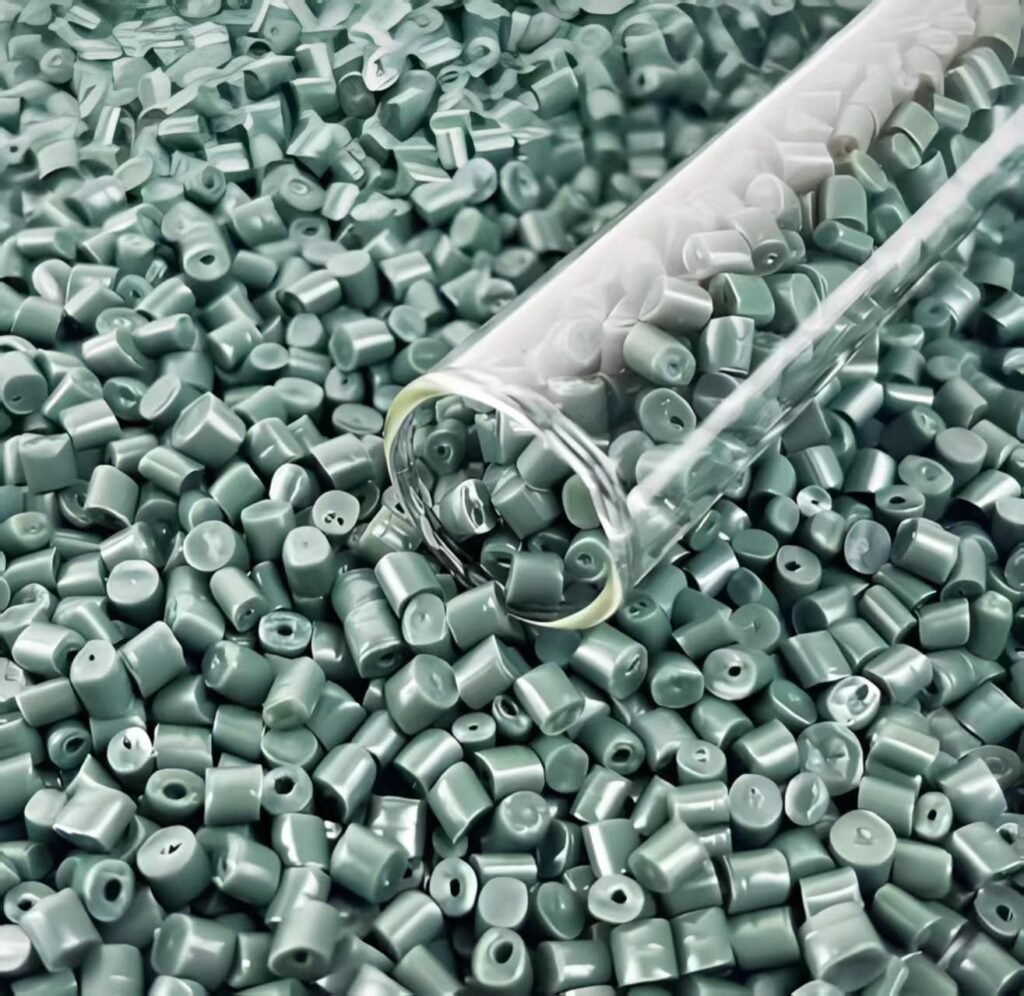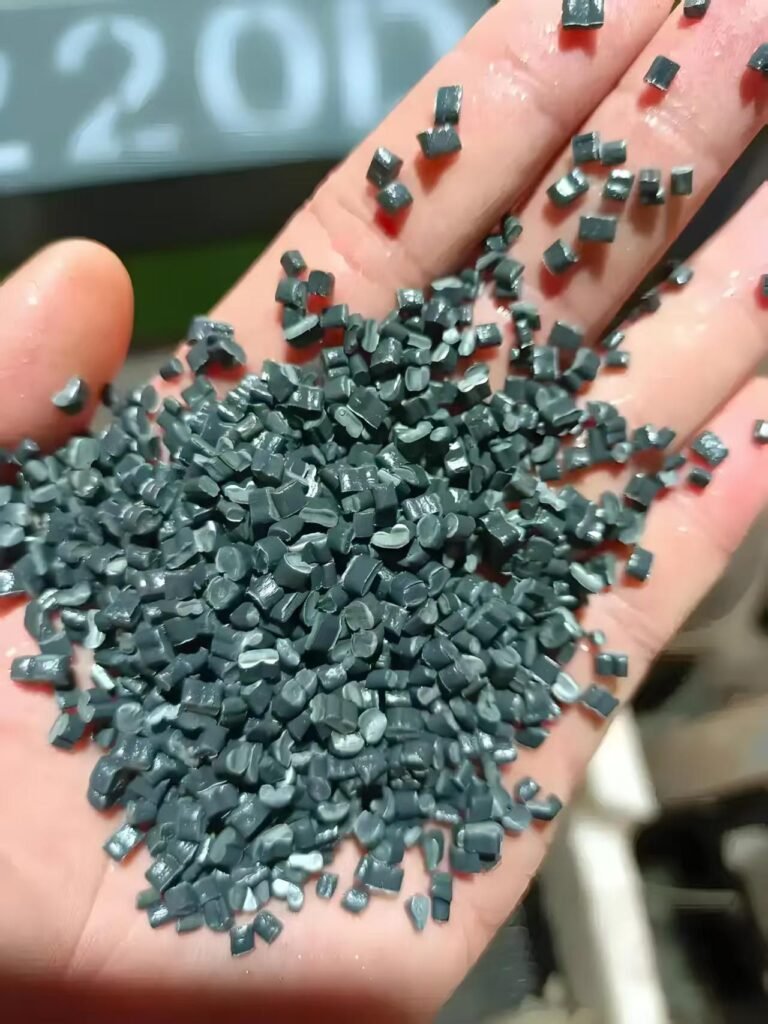The current global plastic packaging market is experiencing explosive growth, but regional demand is clearly differentiated:
European high-end market: France’s custom plastic bag orders increased by 125% year-on-year, and Spain increased by 54%. The EU market’s inquiries for degradable materials increased by 38%, and the proportion of French buyers explicitly requiring organic certified plastic bags doubled. 1
Middle East emerging markets: The growth rate of plastic bag demand in Saudi Arabia, the United Arab Emirates and other countries exceeded 40%, and large supermarkets generally required a delivery time of 15 days, which put forward higher requirements for the supply chain. 1
Latin American potential area: Chile and other countries’ demand for waterproof and portable models increased by more than 70%, becoming one of the fastest growing regional markets. 1
Cross-border e-commerce platform data show that more than 52% of European and American buyers require exclusive LOGO printing and sub-specification packaging, and flexible production capacity has become the core competitiveness of export companies. 1
Countdown to Germany’s new regulations: Compliance becomes the life and death line

From January 1, 2025, Germany will officially implement the “Extended Producer Responsibility for Disposable Plastic Goods” regulations. According to regulations, manufacturers must complete registration on the official website of the German Federal Environment Agency (UBA) DIVID by the end of 2024. 3
Controlled products include:
Food containers (boxes with or without lids)
Food packaging bags and films
Beverage containers with a filling volume of no more than 3 liters
Beverage cups and their closures and lids
Lightweight plastic tote bags with a wall thickness of less than 50 microns
Personal and home care wipes
Balloons sold to consumers
Tobacco products with filters or filters for tobacco9
For foreign manufacturers who do not have an establishment in Germany, a qualified “authorized representative” must be appointed for registration. Sellers on each platform need to submit the registration number of disposable plastic products to the e-commerce platform to ensure compliance, otherwise they will face the risk of having their products removed from the shelves. 3
Raw material market fluctuations: PE price differentiation intensifies
In the first half of 2025, the domestic polyethylene (PE) market showed a complex trend, with obvious price differences among varieties:
LLDPE: average price of 7,841 yuan/ton in the first half of the year, down 6.10% from the same period last year
LDPE: average price of 9,671 yuan/ton, up 0.93% year-on-year
HDPE wire drawing: average price of 8,162 yuan/ton, down 3.59% year-on-year2
Supply pressure continued to increase. In the first half of the year, the domestic PE industry added 2.93 million tons of new production capacity to 37.088 million tons. In the second half of the year, it is expected that another 3.1 million tons of new production capacity will be put into production, mainly concentrated in HDPE varieties. 28
The demand side performed mediocrely, the export of plastic products was blocked in the first half of the year, and the factory order volume declined. The contradiction between supply and demand in the PE market has become a normalized performance. 2
Changes in the trade environment: India launches anti-dumping investigation
On June 30, 2025, the Indian Ministry of Commerce and Industry issued an announcement to launch an anti-dumping investigation on linear low-density polyethylene (LLDPE) originating in or imported from Kuwait, Malaysia, Oman, Qatar, Saudi Arabia and the United Arab Emirates. 5
New opportunities for cross-border e-commerce: AI technology empowers overseas expansion
Facing a complex global market environment, new technologies are becoming a breakthrough for small and medium-sized manufacturing companies to go overseas:
AI intelligent efficiency improvement: AI business assistant supports real-time response in 16 languages, and Saudi buyers can reply to demand details in seconds even if they inquire late at night, helping to increase conversion rate by 222%1
Precise supply and demand matching: Based on a global database of 50 million corporate buyers, AI matches high-intention buyers, and new merchants can obtain valid inquiries in the first week1

Cross-border logistics upgrade: More than 30 special lines for plastic products have been opened, and 98% of orders in Shenzhen Central Warehouse have been shipped out within 24 hours, and European core cities have achieved 10-day delivery1
Data from Alibaba International Station shows that the conversion rate of merchants who have opened AI intelligent reception services has increased significantly. One of them, a Yiwu machinery merchant, actively asked about procurement needs through multiple rounds of dialogue and successfully won a $20 million Middle East order.
Accelerate German compliance registration: Immediately complete registration on the official website of the German Federal Environment Agency (UBA) DIVID to avoid the product being removed from the shelves on January 1, 2025
Adjust product strategy: Focus on developing degradable materials for the European market, and the demand for organic certified plastic bags in France has doubled
Optimize supply chain response: Large supermarkets in the Middle East require 15 days to arrive, and overseas warehouses or professional logistics lines need to be deployed
Grasp the window of raw material prices: LLDPE prices are at a relatively low level in the second half of the year, and timely stocking can be used to reduce production costs
Expand emerging markets: Focus on Latin American markets such as Chile, where the demand for waterproof portable models has increased by more than 70%
With the tightening of global environmental regulations and the intensification of market differentiation, the export of PE plastic products has entered the era of “intensive cultivation”. Cross-border e-commerce sellers who can quickly adapt to changes in regional demand, meet environmental standards, and have flexible production capabilities will gain the upper hand in the new round of global market reshuffles.
The golden age of European plastic packaging substitution has arrived, and the next wave of growth in cross-border e-commerce is taking shape.
